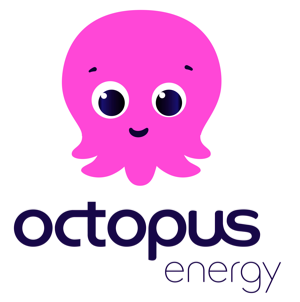
Improve Your Surfing With Surfskate
If you’re a surfer looking to progress when the waves aren’t firing, surfskating might be the missing piece in your training routine. Surfskates are specially designed skateboards with trucks that allow sharp, flowing turns that mimic surfing. More than just fun on flat ground, they can be a powerful tool to sharpen your surf skills.
1. Build Muscle Memory for Surfing Maneuvers
Many surfers struggle to consistently land turns or cutbacks because they only get a handful of waves per session. A surfskate, on the other hand, gives you unlimited reps. Whether you’re practicing bottom turns, top turns, or carving, you can repeat the same movement over and over until it becomes second nature. This muscle memory transfers directly to the water.
2. Improve Balance and Coordination
Balance is at the heart of surfing. On a surfskate, your body learns to stay centered while constantly shifting weight between your feet—just like on a wave. This coordination helps you maintain flow and stability when the ocean gets unpredictable.
3. Refine Your Surfing Stance
A common challenge for surfers is keeping the right stance: low, centered, and ready to drive through turns. Surfskating exaggerates this need. If you ride too upright or misplace your feet, you’ll lose speed and control immediately. Practicing on land helps engrain better posture and stance habits that you’ll carry into the lineup.
4. Generate and Maintain Speed Without Pushing
Unlike a regular skateboard, surfskates let you pump for speed, just as you do on a wave. This pumping motion translates directly to surfing: learning how to generate drive on smaller waves, link maneuvers smoothly, and keep flowing down the line.
5. Train Anywhere, Anytime
Surfing depends on conditions—tide, swell, wind. With a surfskate, you can train on flat streets, empty parking lots, or dedicated surfskate parks, no matter the forecast. The more you practice out of the water, the more prepared you’ll be when the swell arrives.
6. Develop Flow and Style
Great surfing isn’t just about maneuvers—it’s about connecting them with style and flow. Surfskating lets you experiment with line choice, rhythm, and body movement without the pressure of a crowded lineup. Over time, you’ll notice your surfing looking smoother and more confident.
How to Get Started: Basic Surfskate Drills
If you’re new to surfskating, start simple. You don’t need a skatepark—just a smooth, open area like an empty parking lot or wide driveway. Here are a few drills to begin with:
1. Stance & Balance Drill
- Place your feet just like on your surfboard: front foot angled slightly forward, back foot across the tail.
- Bend your knees and keep your chest facing forward.
- Roll slowly and focus on staying low and centered, arms relaxed.
- Goal: Build comfort with the stance you’ll use in the water.
2. Pumping for Speed
- From a standstill, shift weight from heels to toes in smooth arcs to generate motion (no pushing needed).
- Imagine you’re drawing an “S” shape on the pavement.
- Goal: Learn how to create speed like you would on a wave, without relying on pushing.
3. Bottom Turn Drill
- Set up some cones (or even water bottles) to mark a “wave face.”
- Approach the first marker as if it’s the bottom of a wave.
- Drop your weight, compress, and carve a deep turn around it, looking up where you want to go.
- Goal: Practice loading up power from your legs and driving through a bottom turn.
4. Top Turn / Cutback Drill
- After your bottom turn, aim toward another marker higher up (as if it’s the lip of the wave).
- As you reach it, extend your body and snap a turn back down the line.
- Goal: Link bottom and top turns smoothly, just like surfing.
5. Figure-8 Flow
- Place two markers about 10–15 feet apart.
- Carve around them in a flowing figure-8 pattern.
- Focus on rhythm, staying low, and connecting each turn.
- Goal: Develop flow, style, and endurance.
Final Thoughts
Start slow, wear protective gear (especially a helmet), and focus on technique over speed. Even 10–15 minutes of consistent practice a few times a week will translate to noticeable improvements in the water.
Surfskating is about repetition, flow, and fun—the exact same things that make surfing so addictive.


